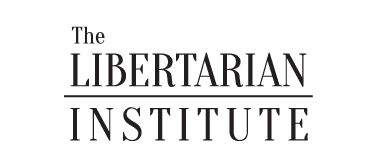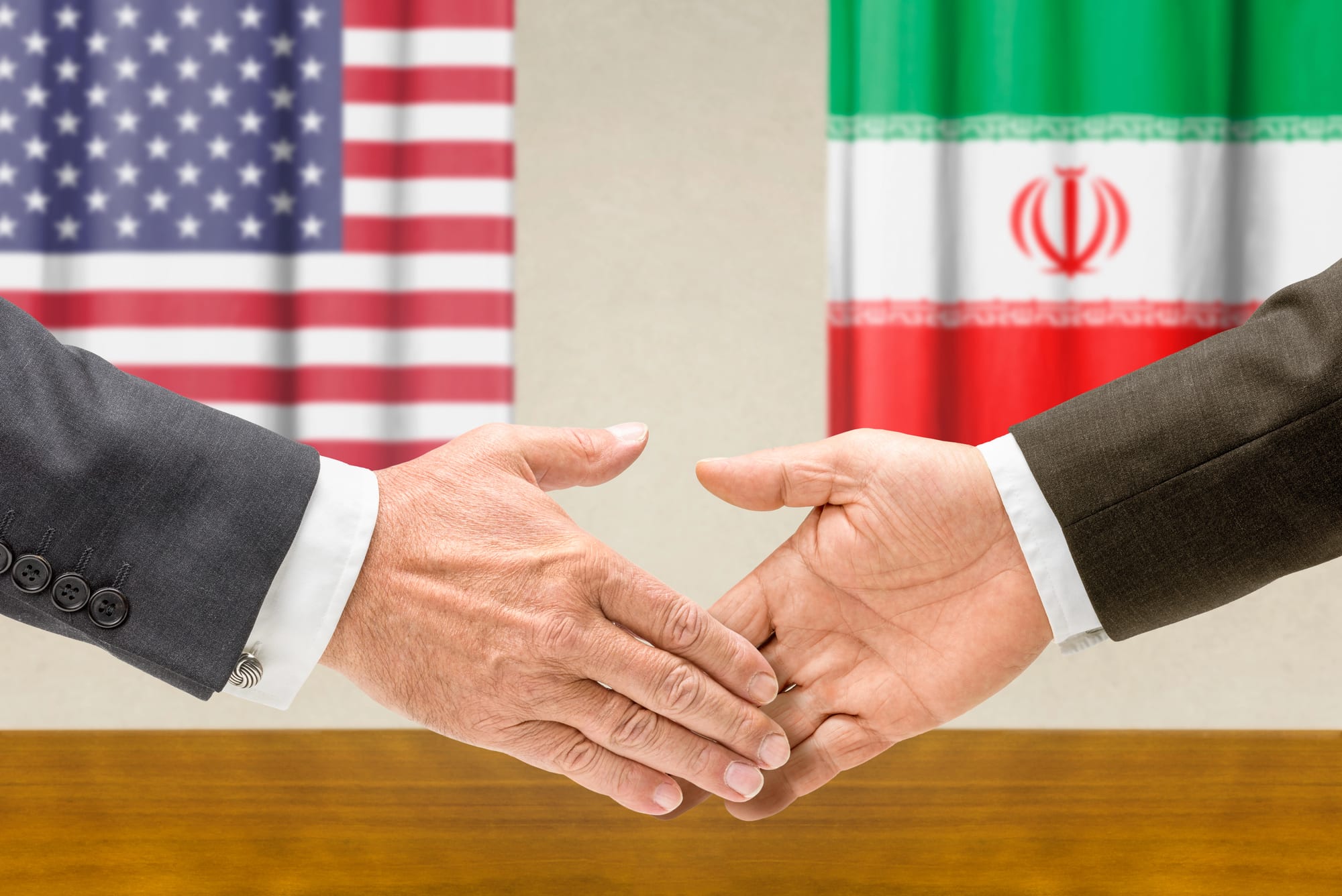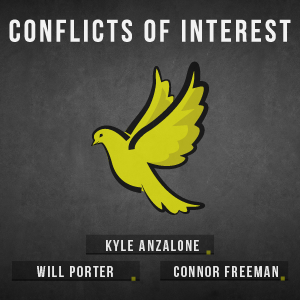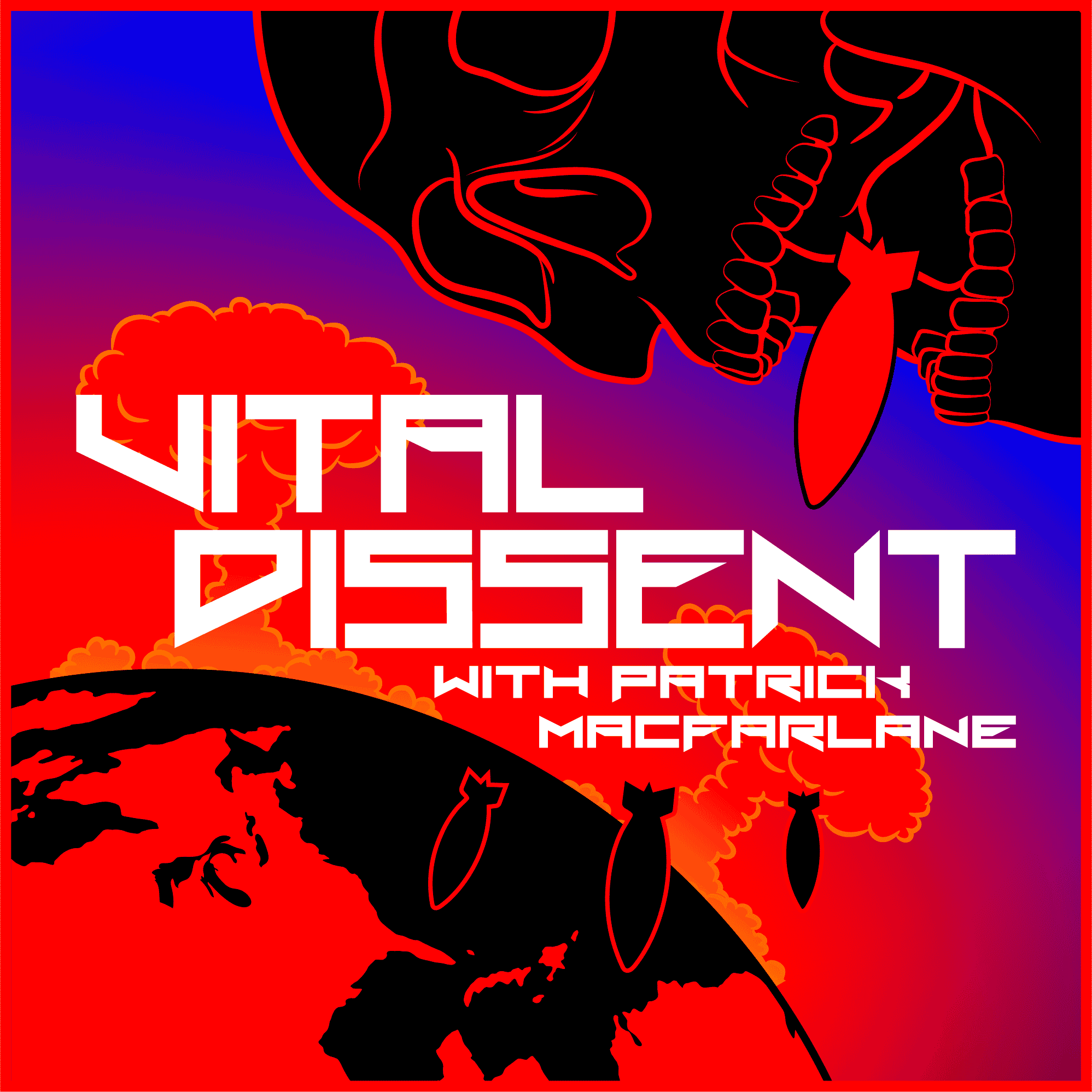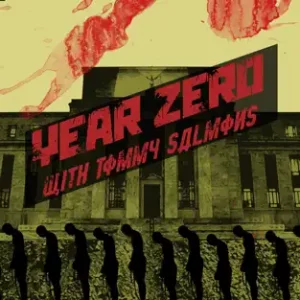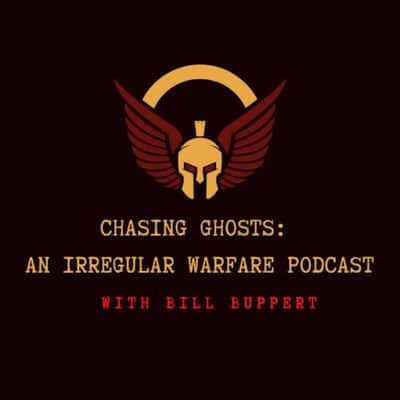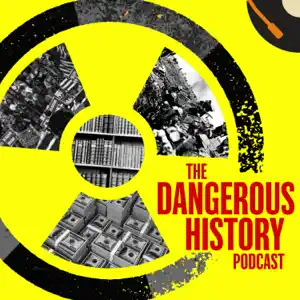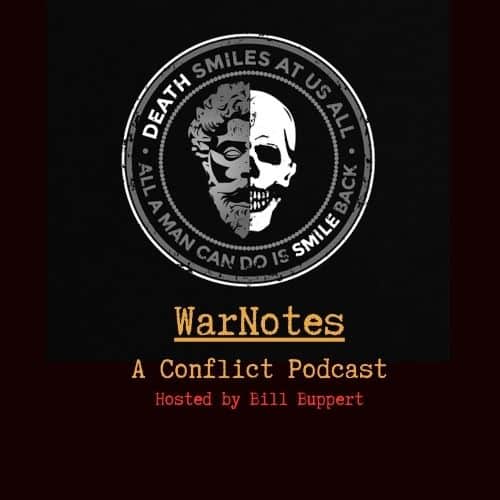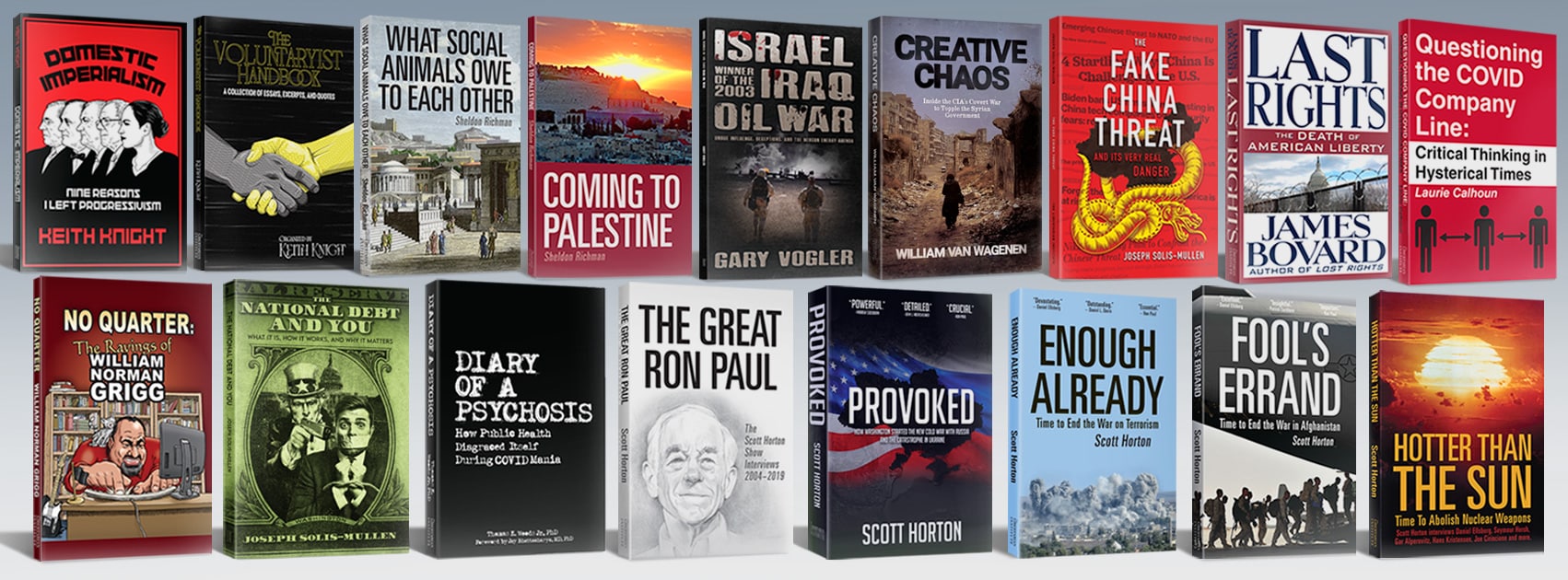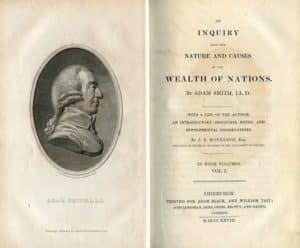Libertarians frequently note the incoherence of American and Israeli foreign policy. Nowhere is this more apparent than with respect to American and Israeli relations with Iran over the last seventy-five years.
Last June, the United States and Israel bombed Iran on the pretext of halting Iran’s supposed nuclear weapons program and destroying its alleged stockpile of highly enriched uranium (HEU). But contrary to popular knowledge, the U.S. government actually helped begin Iran’s nuclear program in 1957 under our government’s Atoms for Peace initiative. For Iran’s first nuclear research facility, the Tehran Research Reactor, which went online in November 1967, Washington supplied the country with HEU fuel at 93% U-235. In 1993, in a nuclear deal with Argentina, this reactor was converted to use HEU fuel at 20%. As late as 1974, the Shah’s Iran planned to build twenty-three nuclear reactors, with U.S. assistance, for civilian energy purposes so that Iran could export a higher percentage of its oil.
Until the Iranian Revolution of 1977-1979, which overthrew the Shah of Iran, Mohammed Reza Pahlevi, Iran was allied with the United States, the United Kingdom, and Israel. As many international relations academics have noted, the Iranian Revolution was blowback from Operation Ajax and Operation Boot in 1953, the successful effort by the Americans and Britain to overthrow the democratically-elected prime minister of Iran, Mohammed Mossadegh, and replace him with the authoritarian Shah. After the 1979 Revolution, the Shah was replaced as the Iranian leader by Shia cleric Ayatollah Ruhollah Khomeini, who was unwilling to allow Iran to continue to be a vassal state of Washington
From the 1950-1970s, the U.S. foreign policy establishment inaccurately assumed that Iran would always be led by a pro-U.S. government. Until just before the Shah’s downfall, the CIA dismissed his enormous unpopularity among the Iranian people and incorrectly believed that his position as Iran’s leader was unassailable.
Mossadegh’s socialist Iranian government nationalized Iran’s oil industry in March 1951, less than two weeks after his predecessor, Haj Ali Razmara, was assassinated because he opposed nationalization. Iran’s oil industry was run by the Anglo-Iranian Oil Company (AIOC), a British public/private corporate entity in which London owned a controlling interest. In a concession granted to Britain in 1901 by Iran’s fifth Qajar shah of Iran, Mozaffar ad-Din Shah Qajar, Britain received 84% of Iran’s oil revenue profits; Iran received just 16%. In the years leading up to Iran’s nationalization of its oil industry, Britain had refused to re-negotiate its 84-16 profit split of Iranian oil revenues.
A few months earlier in December 1950, the western oil company consortium later named Aramco (composed of companies later named Chevron, Texaco, Exxon, and Mobil) agreed to a 50-50 oil profit split with the government of Saudi Arabia, then led by Saudi king Ibn Saud. King Saud had threatened to nationalize the Saudi oil industry unless Saudi Arabia received 50% of the profits from Saudi oil. The Saudi-Aramco 50-50 deal led to more pressure in Iran to re-negotiate its 84-16 oil profit split with Britain.
Although the Iranian government in 1951 was semi-socialist, so was Britain’s government at the time. After World War II, Britain had become a welfare state and had nationalized many of its major industries, such as the Bank of England, its iron and steel production, its coal mines, telecommunications, railways and civil aviation, and public utilities such as gas and electricity. So Britain couldn’t argue in good faith that Iran’s nationalization of its oil industry in 1951 meant that Tehran was drifting into the Soviet orbit. But Britain made this argument to the United States to gain its assistance in the 1953 overthrow of Mossadegh.
Also, by 1951, the British government had owned a majority share of AIOC for almost forty years. Before the outbreak of World War I In 1914, when Winston Churchill was First Lord of the Admiralty, he successfully lobbied for the British government to purchase a controlling share of AIOC (then called the Anglo-Persian Oil Company, APOC). So when Iran nationalized it in 1951, AIOC was not in any real sense a free market company.
Israel also has also had a highly-sporadic relationship with Iran. Before the 1979 Iranian Revolution, the Shah purchased millions of dollars of Israeli military equipment, all of it American and British-made. When Iraq attacked Iran in September 1980, with the imprimatur of the U.S. government, Iran desperately needed spare parts for its U.S.-made military equipment. Israel stepped in to help. In October 1980, one month into the war, Israel shipped to Iran tires for American-made F-4 Phantom II fighter-bombers and parts for their British-made Scorpion tanks. In Treacherous Alliance, Trita Parsi quotes Ahmad Haidari as stating that at the outset of the Iran-Iraq War, “roughly 80 percent of the weaponry bought by Tehran” came from Israel.
Also, after having failed to destroy Iraq’s Osirak nuclear reactor themselves in late September 1980, Iran shared intelligence with Israel over the next eight months in the leadup to Tel Aviv’s successful leveling of Osirak in June 1981. The Osirak reactor had been built by Iraq, with French help, for peaceful civilian purposes. Unlike Israel, Iraq in 1981 was a member of the 1968 Nuclear Non-Proliferation Treaty (NPT), meaning that the Osirik reactor was operated under the safeguards of the International Atomic Energy Agency (IAEA).
According to a December 1991 New York Times article by Seymour Hersh, internal U.S. government documents reveal that in the early 1980s, Israeli arm sales to Iran totaled billions of dollars a year, paid for mostly by Iranian oil shipments to Israel. All of these arms deals occurred years before the more-publicly known Iran-Contra Affair. Although the United States knew that Israel was selling military arms and spare parts to Iran, the U.S. continued to fully replenish Israel.
As Adam Smith argued in The Wealth of Nations and Frederic Bastiat contended in The Law, it’s far better to trade with countries like Iran for their goods like oil than to conquer, colonize, or make vassal states out of them. And free trade is consistent with classical liberalism; invasion, colonization, sanctions, and regime change are not. And according to Steven Kinzer’s All the Shah’s Men, the United States and United Kingdom ended up agreeing a year after their Iranian coup d’etat to grant Iran 50% of the profits from the sales of their oil. That was all that Iran had asked Britain to do in 1951, before Iran nationalized AIOC. But when Churchill became Britain’s prime minister again in October that year, he continued the same approach to Iran as his predecessor, Clement Atlee, by refusing to bargain with Iran in good faith. Had Churchill agreed to the same terms included in the 1954 agreement, after the 1953 coup, Mossadegh wouldn’t have been overthrown. And perhaps there wouldn’t have been the blowback of the 1979 Iranian Revolution which the world is still contending with today.
Contrary to what both American and Israeli hawks argue today, a modus vivendi can in fact be reached between the United States, Israel, and Iran. History demonstrates that a detente existed before among these countries, even after the 1979 Iranian Revolution.
